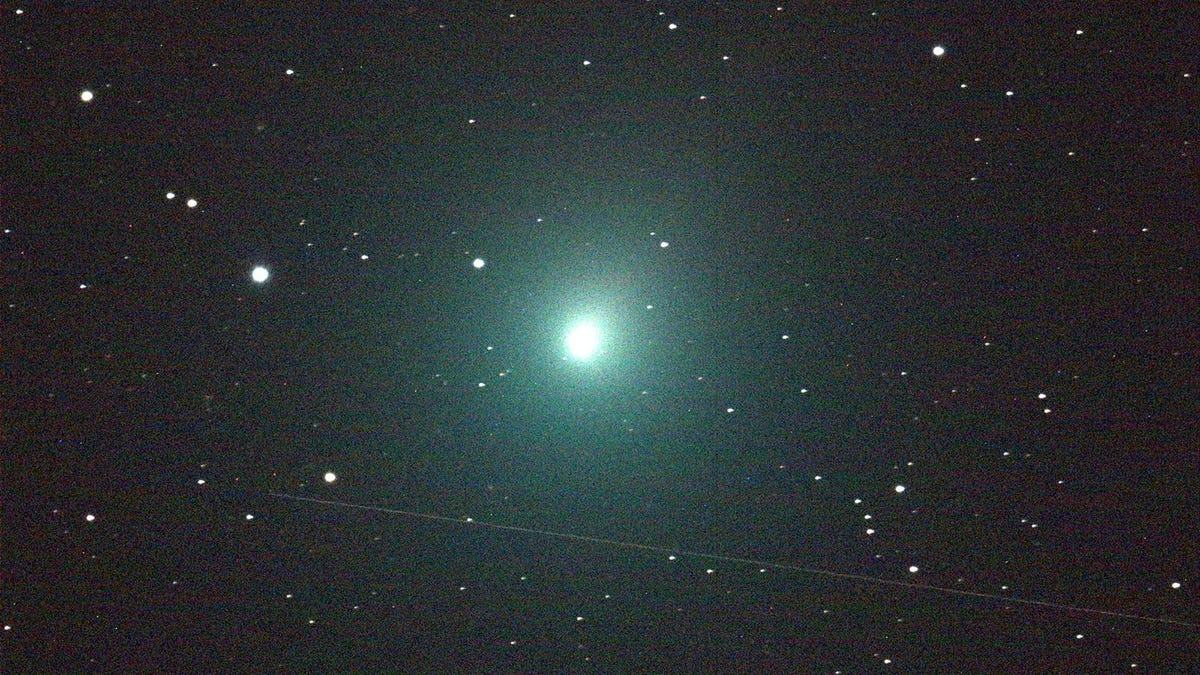Brightening comet Atlas could soon lift your gaze and spirits
It could be the brightest comet in the sky in decades, if it doesn't crack up first.

Atlas is similar to this comet that passed Earth in 2018.
A new comet known as Atlas -- named after the astronomical survey that discovered it Dec. 28 -- is brightening rapidly as it approaches the sun and could soon be visible to the naked eye.
Something bright and shiny to look at in the night sky sounds like a welcome distraction amid the coronavirus pandemic right now. Some astronomers think the comet, formally called C/2019 Y4, could put on a big show, perhaps growing as bright as Venus.
In recent weeks, the comet has brightened rapidly as it comes in for a May 31 close encounter with the sun. Earlier this week astronomer Tony Phillips wrote that images from amateur astronomers indicate the comet's gaseous atmosphere could be half as wide as the sun.
"Right now, Comet ATLAS is certainly the biggest green thing in the solar system."
Astronomers have estimated that Comet 2019 Y4 (ATLAS) could pass within 25 million miles (40 million km) of the Sun on May 31, 2020. It may brighten significantly along the way https://t.co/iSYskbir2h pic.twitter.com/FzWJb7IRPv
— Massimo (@Rainmaker1973) March 16, 2020
The early observations have fueled a lot of excitement that Atlas could be the most spectacular comet in years.
"It might be possible to see the object in broad daylight (on May 31) with a properly shielded telescope," writes Bob King for Sky and Telescope.
Amid the COVID-19 outbreak in Italy, astronomer Alessandro Marchini, director of the Astronomical Observatory at the University of Siena, managed to put together this time-lapse video of the comet:
NASA solar system ambassador Eddie Irizarry writes for EarthSky that comet Atlas could become visible to the naked eye by May 1, but comets are notoriously erratic, brightening one moment only to completely break apart and dissipate the next. This happened to the much-hyped comet ISON in 2013, which was set to light up the sky before it completely cracked up and fizzled.
Irizarry also provides helpful charts for attempting to spot the comet now and in the weeks to come.
I'll be sure to post updates as Atlas approaches. Meanwhile, be sure to keep your chin up and an eye on the sky.

